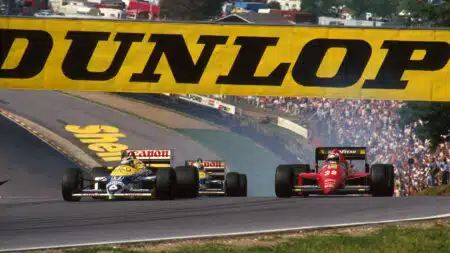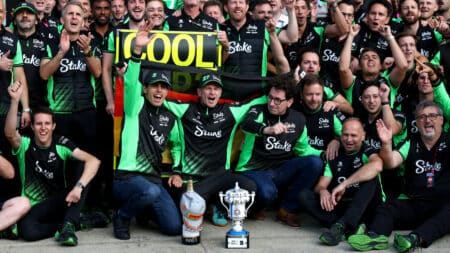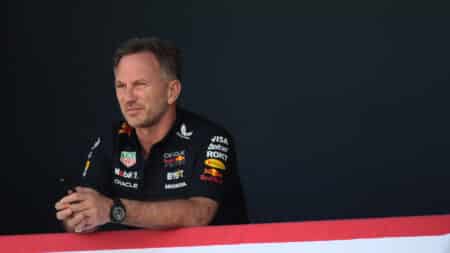
Brands Hatch: F1's beloved countryside amphitheatre
On this day in 1964, the roar of F1 engines echoed through the Kent countryside for the first time, as Brands Hatch made its debut on the world stage
Circuit de Catalunya
Spanish Grand Prix, June 2 1996
It had been a fairly quiet weekend, hitherto – if you discount serial backmarker Forti making a fuss about a new sponsorship pact with the mysterious Shannon Group, which at the time seemed to be sponsoring almost every F3 car in Europe. The deal was supposed to cement the Italian team’s future, but neither car made the cut in Spain and Shannon seemed slower still with its payments. Within a few races it became apparent that Forti was behind with its bills and cars would retire from races as soon as their engine mileage ran out. By Silverstone, the team had disappeared.
At the other end of the performance sphere, Williams locked out the front row at a track that suited the FW18’s aerodynamic finesse (sculptured by Adrian Newey). Damon Hill was almost half a second clear of team-mate Jacques Villeneuve, who’d lost some practice time with an engine failure, and Michael Schumacher was best of the rest, a second from the pace. This was expected to be a two-horse race, neither of them prancing, but then it rained. And rained. And rained.
There was talk of a safety car start and nowadays that would be a given in such conditions, but officials decided to leave drivers to their own devices and Villeneuve grabbed the lead as Hill made a poor getaway – as, too, did Schumacher. The German dropped to seventh, while those in the midfield were lost in a sea of spray and several drivers retired as a result of contact. David Coulthard was among the casualties, but such were conditions that he didn’t know who or what he’d hit.
Hill had a couple of spins early on, then lost it again and clouted the pit wall as he completed his 11th lap… by which stage only 12 of the 20 starters were still running.
The only man who made conditions look straightforward was Schumacher, who recovered swiftly from his poor start and annexed the lead from Villeneuve on lap 12. Thereafter he was frequently up to three seconds faster than anybody else and his quickest lap – a 1m 45.5127s, set shortly after he’d taken the lead – remained 2.2s clear of anything the opposition could manage.
It was Schumacher’s first win for the Scuderia and the reigning champion finished 45 seconds clear of the field. Had he not eased up in the closing stages, the margin might have been greater still. Only six drivers finished the race and Schumacher lapped all but fellow podium finishers Jean Alesi (Benetton B196) and Villeneuve.
The Ferrari F310 was by no means a competitive proposition at that stage of the campaign, but in those conditions its driver was able to make a difference. And then some.
For more on Formula 1, click here.

On this day in 1964, the roar of F1 engines echoed through the Kent countryside for the first time, as Brands Hatch made its debut on the world stage

Nico Hülkenberg's long-awaited first podium at Silverstone came after a virtuoso drive, but it only came about thanks to one unforgettable qualifying lap in 2020, as Mark Hughes recalls

Nico Hülkenberg's first F1 podium followed a faultless British GP drive where he went against his team with strategy calls that proved crucial in wet weather at Silverstone. Here are the radio messages that show how he pulled it off

From shock Zoom calls to ruthless midnight firings, F1’s history is littered with team principals and executives who are in command one moment and unceremoniously sacked the next